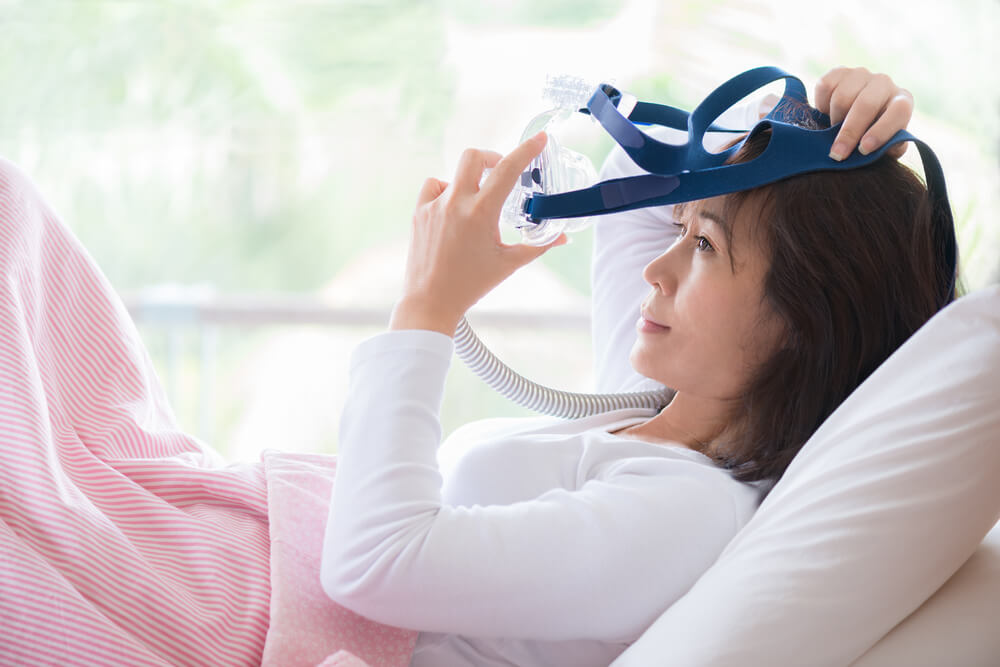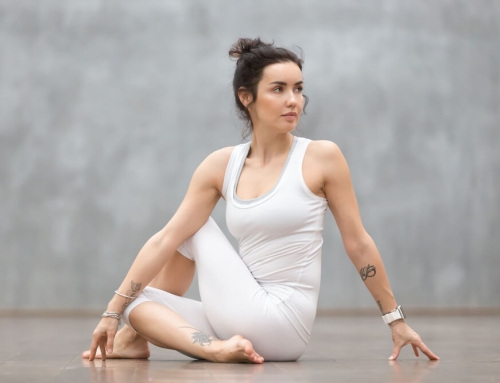Around a quarter of Americans do not get enough sleep, and while much of this is due to bad lifestyle habits, there is also a condition called sleep apnea that is becoming increasingly common, affecting over 20 million Americans. There are several different levels of severity when it comes to sleep apnea, but even the mildest cases can really end up affecting your quality of life, making it important for you to understand more about this condition.
Obstructive Sleep Apnea
Obstructive sleep apnea is when the tissue around your upper airway collapses, obstructing air flow and causing your body to have to make extra effort to breathe. The most common symptom of obstructive sleep apnea is snoring, although once your airway becomes completely blocked, you will stop snoring and instead snort and wake up, as this is when your brain realizes that oxygen is no longer entering your body. However, this may happen frequently throughout the night without you even realizing.
Central Sleep Apnea
Central sleep apnea is less common that obstructive sleep apnea, but can be even more serious. This is when your brain is not able to send the right signals to your muscles that control your breathing, and can sometimes lead to congestive heart failure.

Other Symptoms of Sleep Apnea
In addition to snoring, there are many other symptoms that come with sleep apnea that may be able to help you to work out whether this is a condition that you are suffering from. Daytime drowsiness, fatigue, and unexplainable exhaustion are three of these, as are dry mouth and blood pressure problems.
Sleep Consultations
If you think that you may be suffering from sleep apnea, the next step is to sign up for a sleep consultation. Even if you do not feel as though your sleep apnea is having much of an impact on your daily life, it will no doubt soon lead to cognitive as well as physical problems. A sleep consultation will enable doctors to measure everything from your respiratory efforts to your leg movements, while also checking for any signs of seizures or other disorders. While these used to only be offered at sleep centers, sleep tests can now be carried out at home with a portable device.

Treatment for Sleep Apnea
Once you have been diagnosed with sleep apnea, you can then begin to look into the different treatment options available, of which there are plenty. For the majority of cases of obstructive sleep apnea, a small mask-like device is used to pump pressurized air into the airway, which prevents it from collapsing. Other treatment options include dental sleep appliances, and even weight loss, which can really help with the condition.
Whether you suffer from sleep apnea or not, you should still be taking the necessary steps to boost the overall quality of your sleep. This means cutting back on sugar, caffeine and alcohol in the evenings, going to bed at a consistent time, not watching a bright screen in bed, and so much more. Sleep plays such an important role in your overall health, so it is vital that you ensure that you are getting enough of it each night.









